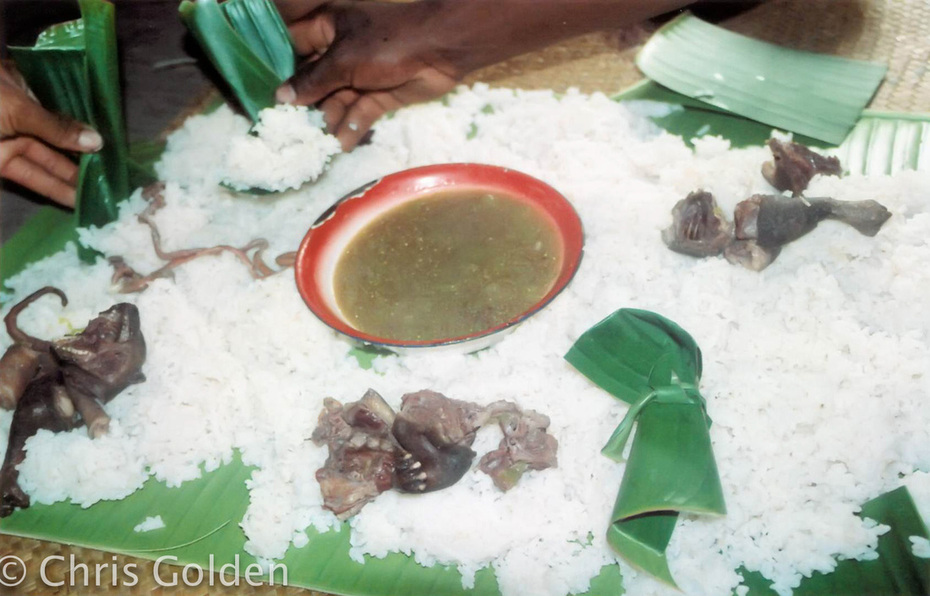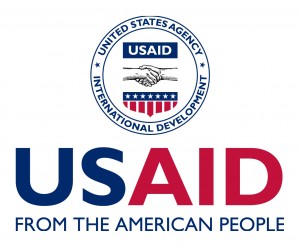Wildlife Consumption and Human Nutrition
Local people hunt wildlife for a constellation of different reasons, but one of the primary benefits of wildlife consumption is obtaining critical micronutrients that are absent in the rest of a traditional Malagasy diet. Animal-source foods are incredibly important sources of fats and micronutrients such as iron, zinc, and vitamins A and B complex. Conservation policy prohibits much of the hunting that now occurs illegally in Madagascar. If wildlife populations become depleted from unsustainable harvest or if conservation policy were enforced and access was lost, then the nutritional health consequences to local food security could be major. Since 2008, we have been studying local human health in detail, including a prospective cohort study to investigate the epidemiology of anemia associated with bushmeat consumption.
Background:
In 2004, Chris Golden and his research team began surveys focused on the impacts of anthropogenic activities on natural systems, focusing largely on deforestation and unsustainable hunting. In 2008, Golden and his team decided to take a more holistic approach to try to understand the ecosystem services and associated benefits that humans receive from intact natural systems. In this way, they are trying to measure the benefits that hunting provides to human nutrition.
Site Information:
The Makira Protected Area in north-eastern Madagascar covers 371,217 ha of lowland and mid-altitude rainforest. It is one of the most biologically diverse ecosystems in Madagascar and represents one of the nation’s largest remaining blocks of contiguous forest. A diversity of species are found locally including six carnivore species found only in this area, eighteen species of primates, and a multitude of bat and tenrec (mammals resembling mice, shrews, otters) species. Two tribal affiliations dominate the area, with Betsimisaraka predominant in the east and south, Tsimihety predominant in the north and west, and a mixing where these regions overlap. This area is characterized by households that depend on natural resources for subsistence use, with approximately 91% of households participating in wildlife hunting. There is no electricity, running water, or formalized market infrastructure throughout the region. Health care is difficult to access and chronic illness and malnutrition are common.
Program Activities:
- Ecological Monitoring – lemur census and population dynamics; tenrec mark-recapture, phototrapping
- Household Survey – working with 150 local households, we collect longitudinal household data to understand the inter-related facets of wildlife access, use and consumption; livelihood activities, income, and food security; and household morbidity, human health and nutrition
- Clinical health sampling- we will collect blood plasma samples to look at biomarkers for nutrition, fecal samples to look at intestinal parasites, and whole blood to look at malaria.
Partners:
- Harvard University School of Public Health
- Madagascar Ministry of Health
- Wildlife Conservation Society- Madagascar
- University of California, Berkeley
- HEAL (Health and Ecosystems: Analysis of Linkages)
- Rockefeller Foundation
- National Science Foundation
Contact: Christopher Golden, cgolden@fas.harvard.edu


